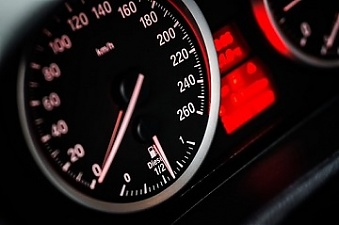Analytics, Baltic, Car market, Good for Business, Statistics
International Internet Magazine. Baltic States news & analytics
Sunday, 28.12.2025, 06:47
New light-vehicle registrations in the Baltic States grew by 14.8% in Q2 of 2018
 Print version
Print version |
|---|
Lithuania sustained its rapid growth and finally took the
first place in the region (+30.2% to 10’640 units).
Latvia has kept quite a good growth rate but remained far
behind its neighbours by the total volume (+8.7% to 5’563 units).
Estonia was the
slowest-growing country and slid to the second position by volume (+4.3% to
9’290 units).
Since Lithuania become the largest market in the Baltic
States, it accounted for 41.7% of the total, while Estonia and Latvia
respectively had 36.4% and 21.8% shares. When calculated per 1’000 inhabitants,
Lithuania managed to keep its lead over Latvia: its index was 3.8, while
Latvian one was 2.9 and Estonia kept its clear lead here with 7.0.
There were 22’104 passenger cars (+13.4%) and 3’389 light
commercial vehicles (+25.1%) registered in the Baltic States in II quarter
2018.
The best performing
makes (brands) were Toyota (3’613 units), Fiat (3’008 units), Volkswagen (2’843
units), Skoda (2’443 units) and Renault (1’794 units).
The most popular models were Fiat 500 (1’229 units), Skoda
Octavia (911 units), Fiat Tipo (688 units), Toyota RAV4 (688 units) and
Volkswagen Golf (678 units).
New light-vehicle
registrations in the Baltic States increased 13.4% to 45’560 in the first half
2018. Similar to the II quarter, Lithuania was the fastest-growing by far and largest
by a quite slim margin market (+24.2% to 17’879 units), while Estonia fell
inbetween in both categories (+7.8% to 17’412 units) and Latvia came in the
third (+6.6% to 10’269 units).
The research is based on the common European-wide
methodology, which considers a vehicle as being new one only when its
first-overall and first-in-country registration dates are exactly the same. It
counts so-called brutto volume paying no regard to any kind of short-term
registrations and de-registrations which may follow-up at any time, and these
are the subjects of another dedicated research.








 «The Baltic Course» Is Sold and Stays in Business!
«The Baltic Course» Is Sold and Stays in Business!

